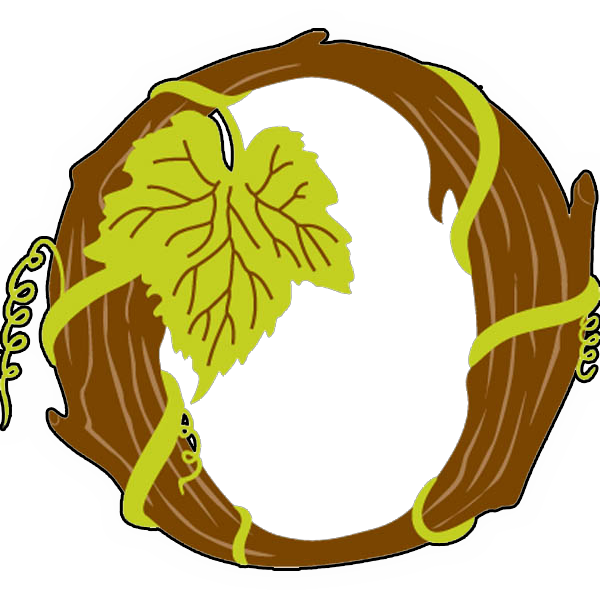Languedoc-Roussillon, France
Mas Mudigliza
The exotic name sounds like an Italian racing motorcycle. In fact, Mudigliza is an imaginative mash-up of the owners’ names, Muriel Samson and Dmitri Glipa. The wines are memorable, too. The husband and wife team farms small, high elevation parcels of syrah, grenache and carignan vines which are planted on schist and granite. All the fruit is hand harvested (there is no other way), fermented in tank and aged in barrique.
Vin de Pays de Catalanes Blanc - Caudalouis
Côtes du Rousillon Rouge - Carminé
Côtes du Rousillon Rouge - Symbiosis
Maury Grenat
Château La Dournie
Situated in the foothills of the Massif Central, Saint Chinian is identified as the oldest viticultural area in the Languedoc. The vineyards were established two thousand years ago by the Romans near the route of the Roman road Via Domitia. Veronique Etienne is the sixth generation to manage the estate. Half of their 45 hectares lie in the appellation of Saint Chinian whose soil features schist. The other vineyards are on alluvial soils and produce vin de pays. All of the vineyards are farmed organically.
Vin de Pays de l’Hérault Blanc “Pow!”
Vin de Pays de l’Hérault Rouge “Shebam!”
Saint Chinian “Classique”
Saint Chinian “Etienne”
Domain du Somail
This new domaine is the partnership of three friends who share a passion for the wine of their region. They farm 15 acres on the eastern side of the Minervois appellation. One of the oldest wine growing areas in France, the Romans planted vines here on the natural terraces that lead from the village of Minerve to the Mediterranean sea not twenty miles away. The farming is certified organic and the wines are certified biodynamic as of 2016. The owl featured on the label is a symbol of Minerva, the Roman goddess of wisdom for whom the appellation is named.
Minervois “Plume”





